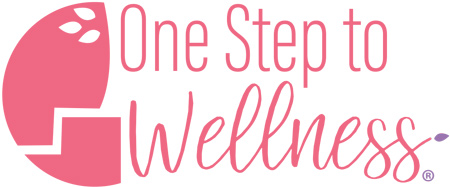Due to weight loss challenges associated with menopause my doctor recently suggested I start intermittent fasting. Like it was easy. He said “only eat between 10-6.” Like it was no big deal. He nodded at me. Like he was handing me a cupcake.
I wasn’t prepared for the “starting out.” It was punishing. The side effects far exceeded mere hunger, like lightheadedness, insomnia, headaches, moodiness and low energy. Sometimes I ran out of healthy food and other times I blew past the closing of my window without having a final healthy snack.
It was not easy, it was a big deal and I wanted a cupcake with side of Chunky Monkey.
This blog is inspired by my own experience and I hope it helps you start and succeed in your intermittent fasting efforts. So, if you’ve heard of all the health benefits of time restricted feeding (TRF) and now you’re ready to try it; or if, like me, your doctor has advised intermittent fasting… fantastic. The long term benefits of intermittent fasting include weight loss, sharper mind and longer life. Insert applause here!
Nevertheless, intermittent fasting can be a huge adjustment and while safe for most healthy and well-nourished people, it’s not for everyone. If you’ve checked with your doctor and don’t have a health condition that would make fasting dangerous for you… here are some tips to help you start and succeed at intermittent fasting:
ALERT YOUR FAMILY AND LOVED ONES
In the beginning, intermittent fasting side effects can be gnarly. For example: headaches, hangry and bad breath. Let your family know you might need some encouragement, special food and breath mints. Prepare yourself to have solutions for moodiness in advance like your favorite bubble bath, a hobby that isn’t food, and noise cancelling headphones.
EASE INTO A SHORT FASTING WINDOW
While intermittent fasting you will have an “eating window” and a “fasting window” each day. Start with a larger eating window and move to a smaller window one week at a time.
Week 1: 12 hour eating window, 12 hour fasting window (beginner)
Week 2: 10 hour eating window, 14 hour fasting window (advanced)
Week 3: 8 hour eating window, 16 hour fasting window (GOAT) After week 3, decide which feeding window is best for you by assessing which window fits with your life AND gives you the health benefits you’re after.
SET A TIMER
Sticking to your feeding window schedule gives you a sense of success from day one. There’s nothing worse than getting busy, forgetting that you’re intermittent fasting, and remembering you’re hungry after your window has closed. Set a timer 30 minutes before your eating window closes. Setting a timer helps you get in that last healthy dinner or snack before your fasting window begins so you can feel the success of staring on time.
HAVE “ON THE GO” FOOD AT YOUR FINGERTIPS
You’ll need to eat when it’s time and there may not be food where you are when it’s time to eat. Keep healthy, portable food in your purse, car or cooler so when you need food, you have a healthful choice in seconds. Please share in the comments healthy on the go foods that work for you!
GIVE YOURSELF GRACE
Be forgiving with yourself as you adjust. It can be very difficult to implement intermittent fasting because it is new for your body, your schedule, and habit change takes time. If you miss a window it’s ok, start again. If you’re starving and need to eat, start with one portion of protein and see if that tides you over before overeating something you’ll regret later. I think using an 80/20 mindset is helpful to start, meaning that you aim to hit your window open and close on the nose 80% of the time. Work up to 90% nailing your open and closing window times. Before long you’ll be hitting the opening and closing of your window without thinking about it or using a timer.
EAT HEALTHY FOODS
Since you will be cutting calories out of your diet, the quality of the food you will be eating is important. Choose foods high in protein, fiber, vitamins and minerals and steer clear of foods high in sugar, fat and salt as these foods are not great for your body and can increase hunger and cravings. After all, you’re doing this hard work, make it count!
Have a tip that helped you succeed at intermittent fasting? Share with us in the comments!
To learn more about intermittent fasting, the health benefits and medical considerations read more here:
https://www.healthline.com/nutrition/intermittent-fasting-guide#weight-loss
https://www.hopkinsmedicine.org/health/wellness-and-prevention/take-your-diet-to-the mediterranean
Read The Longevity Diet, https://www.valterlongo.com/the-longevity-diet/
Written by Julia Fikse, NBC-HWC, FMCHC
Nationally Board Certified Health and Wellness Coach NBC-HWC
Functional Medicine Certified Health Coach FMCHC
Accredited Mental Health and Emotional Eating Health Coach
Accredited Weight Loss Health Coach
For more information on Julia Fikse go to onesteptowellness.com
How did you like this blog? Are there other topics you’d like to hear about? Need more support or or want to say hello? Contact Julia here: https://www.onesteptowellness.com/contact-us/
Julia Fikse is a Nationally Board Certified Health and Wellness Coach, specializing in Functional Medicine, Emotional Eating and Mental Health and Weight Loss. Julia has personally experienced the frustration of weigh gain, weight loss, weight related health issues and emotional eating challenges. Learn more about her journey here: https:// onesteptowellness.com/julias-story/ Julia is a Nationally Board Certified Health and Wellness Coach, but is not a therapist or a doctor and this blog cannot and should not in any way replace doctors advice.

